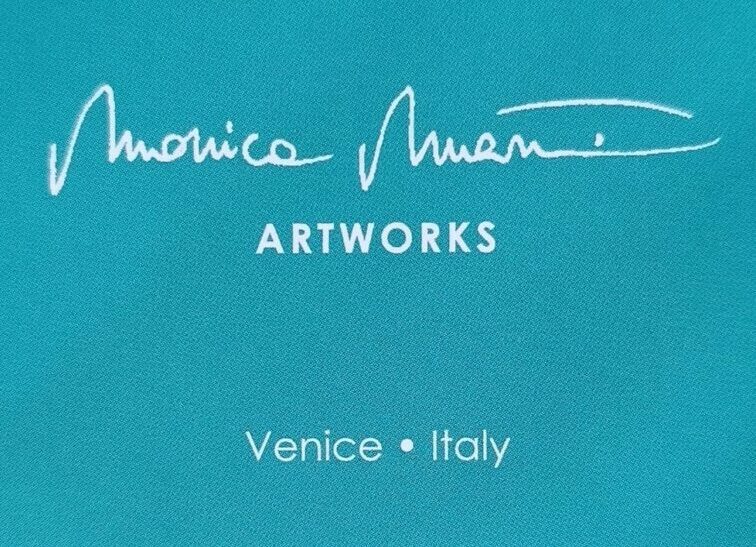Technique description
Watercolor (or Watercolour in British English) is a painting technique using paint made of colorants suspended or dissolved in water. Although the grounds used in watercolor painting vary, the most common is paper. Others include papyrus, bark papers, plastics, leather, fabric, wood, and canvas.
Traditionally, watercolor paint is applied with brushes, but it may be applied with other implements in experimental approaches or mixed with other materials (usually acrylic or collage).
The paint is thinned before application to allow for lighter areas within the painting. This transparency provides watercolor its characteristics of brightness, sparkle, freshness, and clarity of color since light has passed through the film of paint and is reflected back to the viewer through the film.
According to a tradition, dating from at least the early 20th century, the white of the paper is the only white used in transparent watercolor. Opaque paint is seldom used for whites or to overpaint.
Watercolor techniques have the reputation of being quite demanding, although they are actually no more demanding than those used with other media. Maintaining a high quality of value differences and color clarity are typically the most difficult properties to achieve and maintain.
The medium is effective in portraiture, figurative art, and photorealism.
Watercolor proponents prize it as a studio medium for its lack of odor and ease of cleanup, and also as a plein air medium for its portability and quick drying.
Fingerpainting originated in China with watercolor paints.
